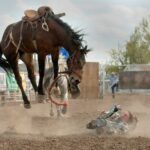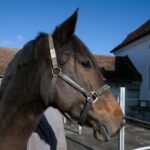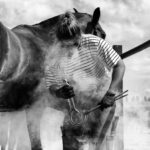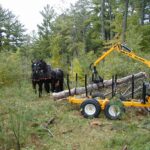Horseback riding offers remarkable therapeutic benefits for individuals with disabilities. Beyond the joy of companionship with these majestic animals, equine therapy provides physical, emotional, and cognitive benefits that can significantly improve quality of life. The right horse breed can make all the difference in creating a safe, beneficial, and enjoyable riding experience. While each rider has unique needs based on their specific disability, certain horse breeds consistently demonstrate temperaments and physical characteristics that make them exceptionally well-suited for therapeutic riding programs and disabled riders. This article explores the best horse breeds for riders with various disabilities, highlighting their distinctive qualities and explaining why they excel in therapeutic settings.
Understanding Therapeutic Riding and Its Benefits
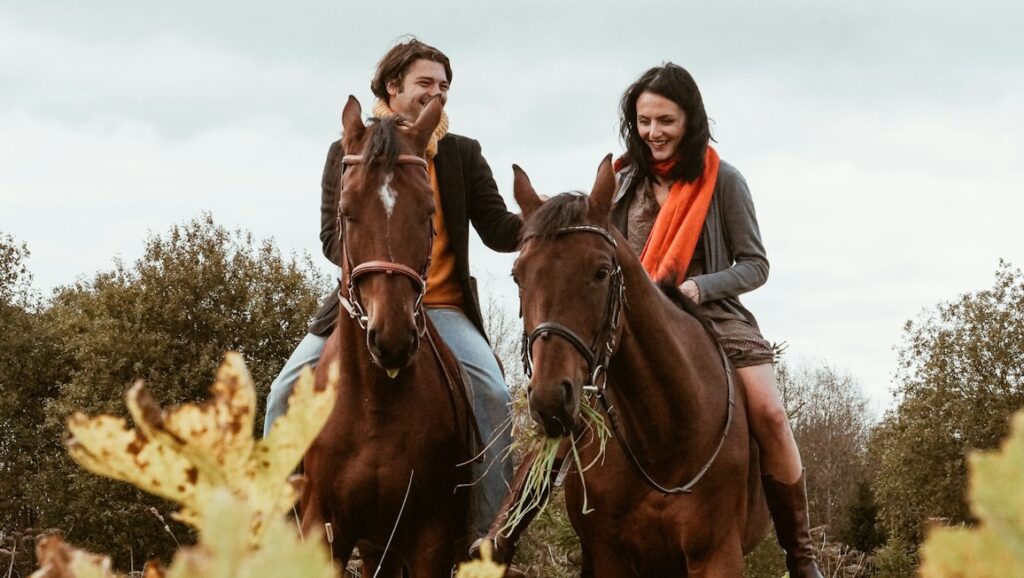
Therapeutic riding, often called equine-assisted therapy, uses horseback riding and horse-related activities to improve the physical, emotional, and cognitive well-being of individuals with disabilities. The natural movement of a horse mimics the human gait, providing riders with disabilities the sensation of walking normally and helping to strengthen core muscles, improve balance, and enhance coordination. Beyond the physical benefits, the bond formed between rider and horse can boost confidence, reduce anxiety, and develop social skills. For many riders with disabilities, therapeutic riding represents not just therapy but a recreational activity that provides joy, independence, and a sense of accomplishment that might be difficult to achieve through traditional therapies alone.
Key Characteristics to Look for in Therapy Horses
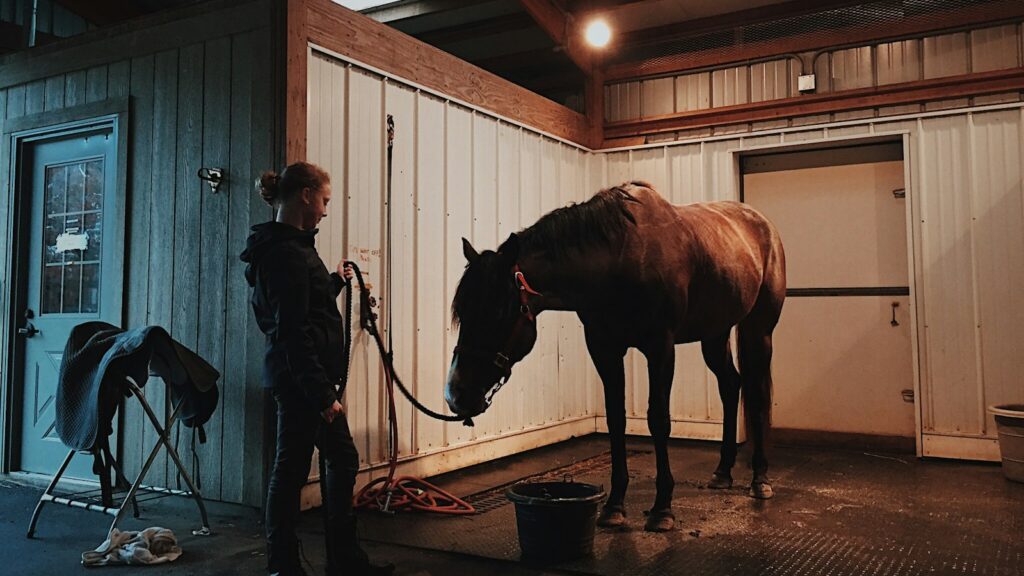
When selecting horse breeds for riders with disabilities, certain characteristics are universally beneficial regardless of the specific breed. An ideal therapy horse possesses a calm, patient temperament that allows it to remain unfazed by unusual movements, sounds, or equipment such as mounting ramps and support personnel walking alongside. Physical attributes matter significantly as well; a smooth, rhythmic gait provides therapeutic benefits without jarring the rider, while appropriate size and build ensure the horse can comfortably support riders and the additional hands-on assistance they may require. Emotional intelligence is another crucial factor—the best therapy horses seem to intuitively understand their important role and adjust their behavior accordingly for riders with different needs. Finally, good therapy horses demonstrate consistent behavior and predictable responses, creating a safe environment where riders can build confidence and skills.
Quarter Horses: The Versatile American Classic
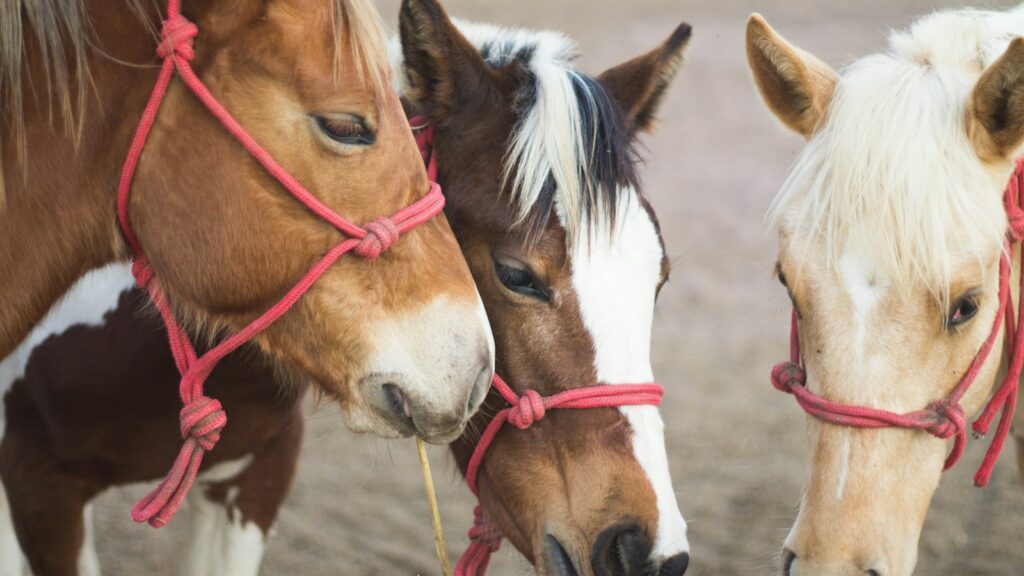
Quarter Horses stand out as one of the most popular breeds for therapeutic riding programs due to their exceptional combination of physical and temperamental traits. These horses are known for their steady, calm demeanor and high trainability, making them responsive to riders with limited mobility or strength. Their muscular build provides stability, while their medium size (typically 14.3 to 16 hands high) makes them accessible for mounting and dismounting procedures that may be necessary for riders with physical disabilities. Quarter Horses naturally possess a smooth jog trot that offers rhythmic movement without excessive bounce, creating a comfortable riding experience that helps riders develop balance and core strength. Additionally, their versatility allows them to excel in various therapeutic activities, from simple walking exercises to more advanced riding skills as participants progress in their abilities.
Norwegian Fjord Horses: Strength with a Gentle Spirit
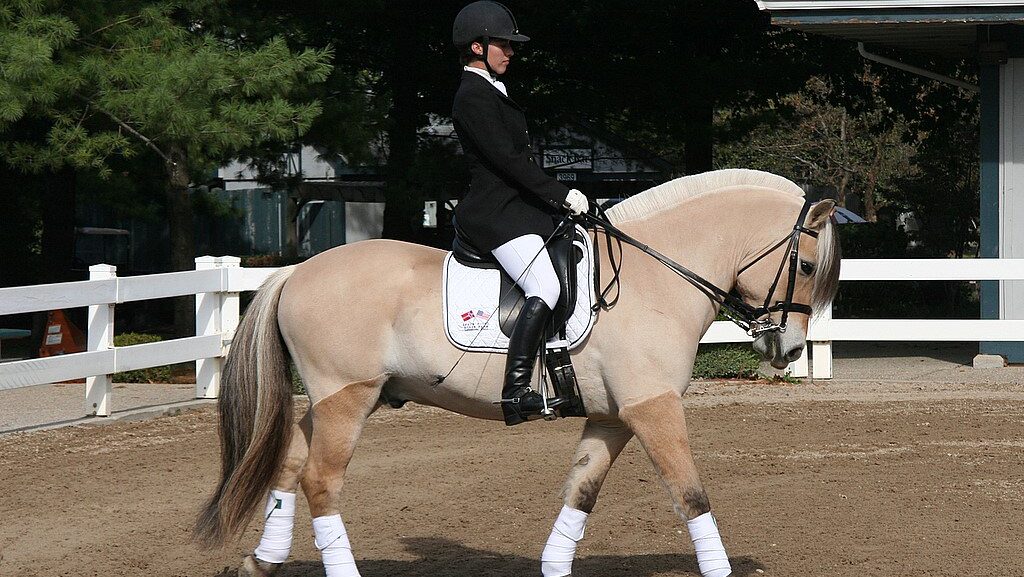
Norwegian Fjord Horses have earned a stellar reputation in therapeutic riding circles for their unique combination of strength, gentleness, and distinctive appearance. These sturdy horses typically stand between 13.2 and 14.2 hands high, making them less intimidating for new riders while still being strong enough to support adults. Their broad backs provide excellent stability for riders with balance issues, and their natural surefootedness makes them reliable even on uneven terrain during outdoor therapy sessions. Fjords are known for their exceptional patience and willing attitudes, often seeming to understand when their rider needs extra care or attention. Their characteristic dun coloring with dramatic dorsal striping and distinctive cropped mane not only makes them visually appealing but often creates an immediate connection with riders who are drawn to their unique appearance.
Welsh Cobs: Versatile and Reliable Partners
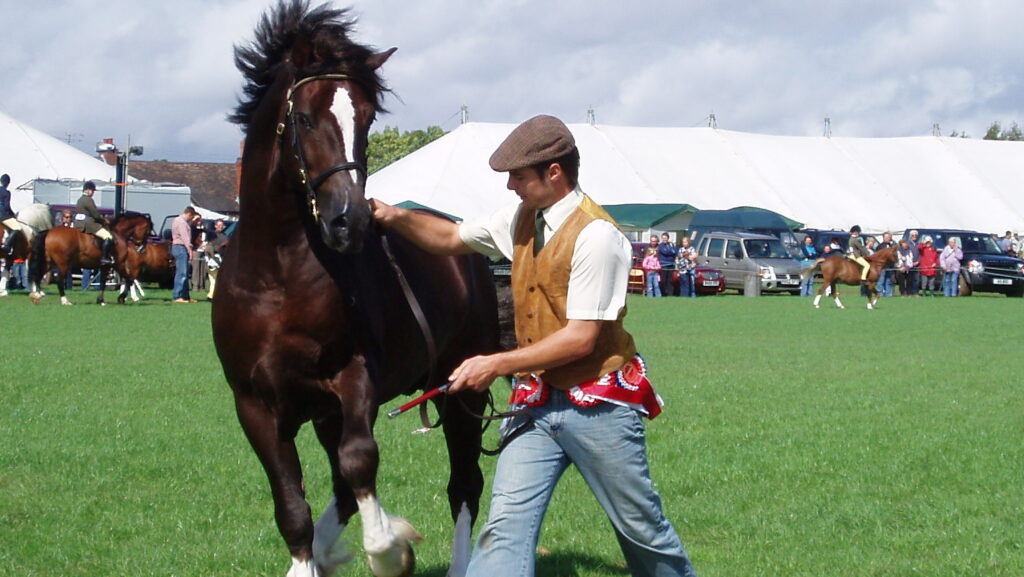
Welsh Cobs, particularly those of Section C and D classifications, offer an excellent balance of size, strength, and temperament that makes them ideal for riders with disabilities. Standing between 13.2 and 15 hands high, these horses are substantial enough to carry adults while remaining manageable for handlers and accessible for riders with mobility challenges. Welsh Cobs are renowned for their intelligence and willing disposition, quickly adapting to the specific needs of different riders and showing remarkable patience during mounting procedures or when unexpected situations arise. Their naturally animated yet smooth gaits provide beneficial movement therapy while engaging riders with sensory processing disorders who respond well to rhythmic motion. Additionally, Welsh Cobs tend to maintain their reliability well into their senior years, often serving therapeutic riding programs for decades and forming lasting bonds with regular riders.
Haflingers: The Golden Therapy Champions
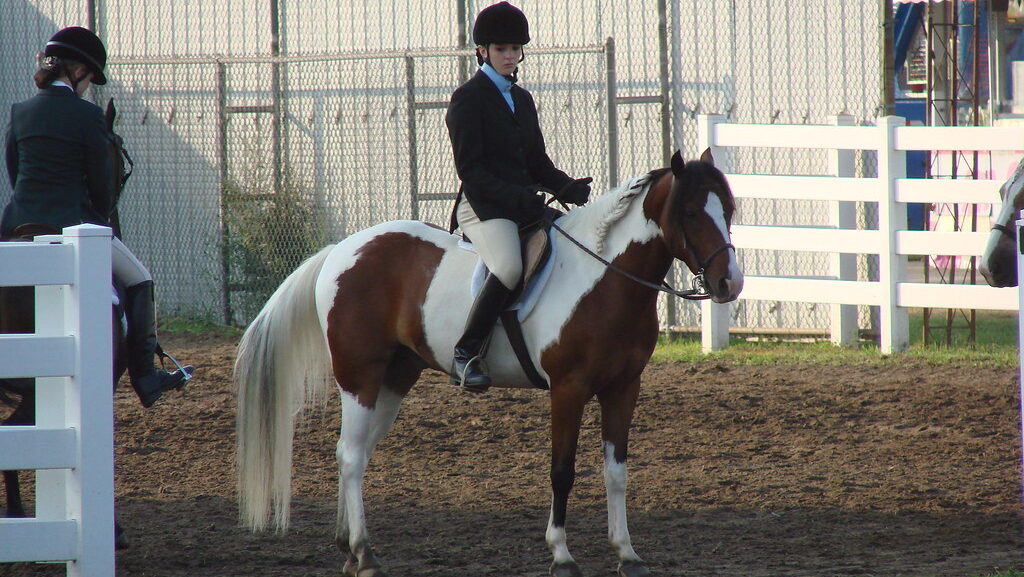
Haflingers have become increasingly popular in therapeutic riding settings due to their exceptional combination of physical attributes and temperament. These distinctive chestnut horses with flaxen manes and tails typically stand between 13.2 and 15 hands high, providing a strong but not overwhelming presence for riders with disabilities. Their broad, muscular backs offer excellent stability for riders with balance issues, while their naturally smooth gaits deliver therapeutic benefits without jarring movements that can cause discomfort. Haflingers are known for their people-oriented nature and curious, friendly personalities that help forge strong emotional connections with riders who may struggle with social interactions in other settings. Their intelligent and willing attitudes make them quick to understand and adapt to the special equipment and handling techniques often used in therapeutic riding programs, resulting in consistent, predictable responses that build rider confidence.
Icelandic Horses: Smooth Gaits and Steady Temperaments

Icelandic Horses offer unique advantages for therapeutic riding through their exceptional gait variety and sturdy, compact build. Unlike most horse breeds, Icelandics naturally perform five gaits, including the remarkably smooth tölt—a four-beat lateral gait that provides rhythmic motion without the bouncing of a trot, making it ideal for riders with physical sensitivities or spinal conditions. Standing between 13 and 14 hands high, these horses have weight-carrying ability disproportionate to their size, comfortably supporting adult riders despite their pony-like stature. Their intelligent and social nature makes them naturally attuned to human emotions, often responding with heightened sensitivity to riders with emotional or cognitive disabilities. Additionally, Icelandics are known for their hardiness and longevity, frequently remaining active in therapeutic programs well into their twenties or even thirties, providing consistency for riders who benefit from working with the same horse over many years.
Morgan Horses: Intelligence and Willing Partners
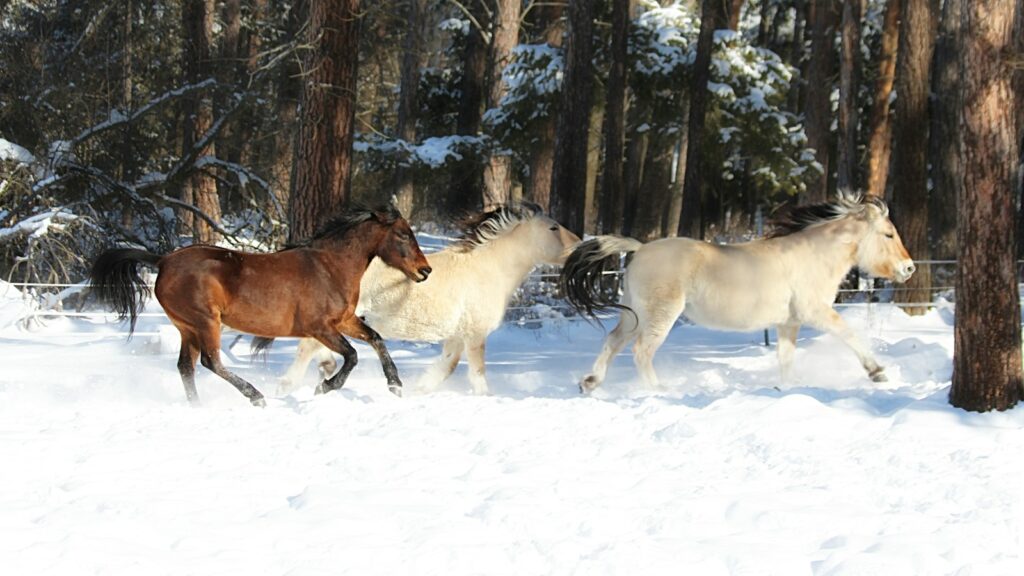
Morgan Horses bring a special combination of intelligence, willingness, and athleticism to therapeutic riding programs. These versatile horses typically possess an exceptionally people-oriented nature, forming strong bonds with their riders and demonstrating remarkable awareness of their riders’ capabilities and limitations. Their moderate size, usually between 14.1 and 15.2 hands, strikes an excellent balance—substantial enough to support adult riders while remaining manageable for handlers and mounting assistance. Morgans naturally carry themselves with good balance and collection, providing therapeutic benefits through their rhythmic, energy-efficient movement that transfers beneficial motion to the rider without excessive exertion. Their alert yet steady temperament makes them responsive to subtle cues, allowing riders with limited strength or mobility to communicate effectively and experience the empowering sensation of successfully directing a large animal through their own efforts.
American Paint Horses: Colorful Therapy Partners
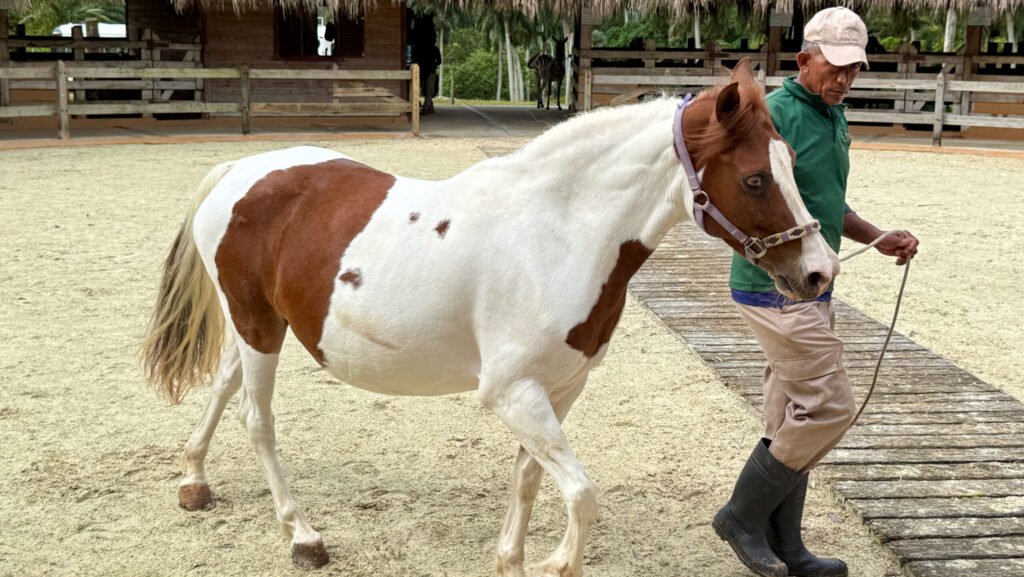
American Paint Horses combine the reliable temperament of Quarter Horses with distinctive coloring that creates immediate visual appeal and connection for many riders with disabilities. Their flashy spotted patterns often make them favorites in therapeutic programs, particularly for children and riders with cognitive disabilities who may be drawn to their unique appearance. Paints typically possess a willing, adaptable nature that allows them to remain calm in the sometimes unpredictable environment of therapeutic riding sessions while still maintaining the alertness necessary to keep both themselves and their riders safe. Their medium build, generally between 14.2 and 16 hands, provides adequate size for most adult riders while maintaining maneuverability in smaller riding spaces. Additionally, many Paint Horses demonstrate natural athleticism with smooth, ground-covering gaits that deliver therapeutic benefits while minimizing fatigue for both horse and rider during longer sessions.
Draft Horse Crosses: Gentle Giants for Special Needs
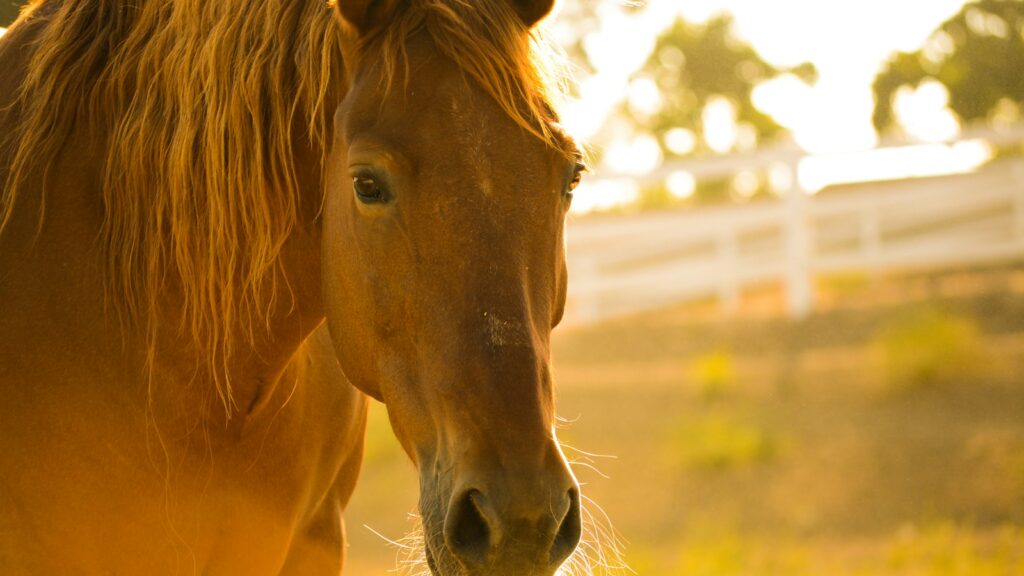
Draft horse crosses, particularly those blending draft breeds like Percheron or Belgian with lighter riding breeds, offer unique advantages for certain riders with disabilities. These crosses often retain the gentle, patient temperament characteristic of draft breeds while gaining more refined movement and greater sensitivity from their lighter-breed ancestry. Their substantial size and strength make them ideal for adult riders or individuals with more severe physical disabilities who require significant support from side walkers or mounting assistance. Despite their imposing stature, quality draft crosses typically possess a gentle awareness of their own size and move with careful deliberation around handlers and during mounting procedures. Their broad backs provide excellent stability for riders with balance issues, while their naturally steady pace creates consistent, predictable movement patterns that help riders with neurological conditions develop improved body awareness and coordination.
Connemara Ponies: Versatile Irish Treasures
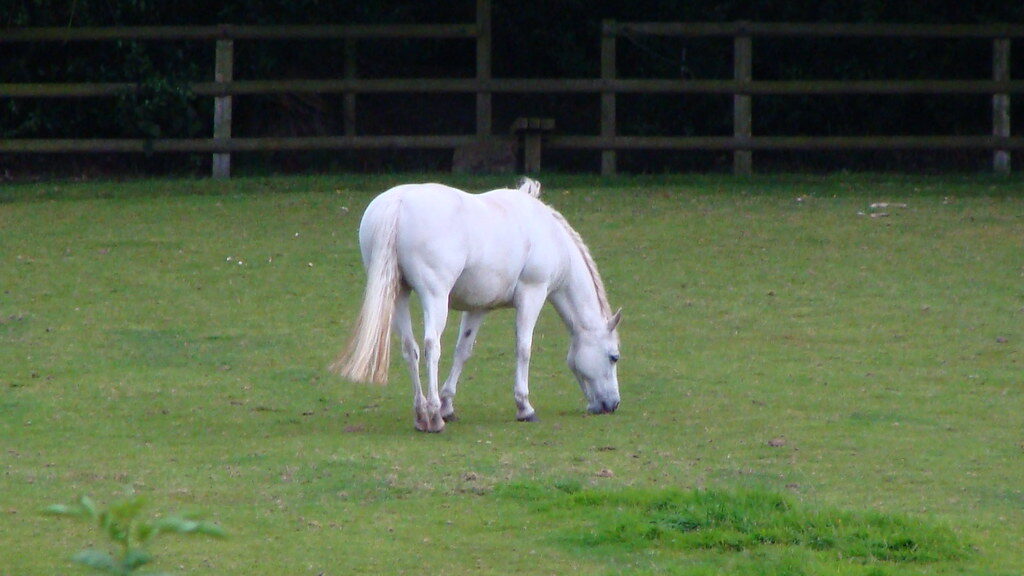
Connemara Ponies bring centuries of hardy Irish practicality to therapeutic riding programs through their intelligent, sensible nature and athletic ability. Standing between 13 and 15 hands high, Connemaras occupy the perfect middle ground between ponies and horses—substantial enough for many adult riders while remaining accessible for children and individuals with mounting challenges. Their naturally kind expression and thoughtful demeanor help create immediate bonds with riders who may be anxious or hesitant about horseback riding. Connemaras are known for their exceptional surefootedness and smooth, efficient movement, providing therapeutic benefits even when working on varied terrain in outdoor riding sessions. Their intelligence manifests as remarkable problem-solving ability and adaptability to different riders’ needs, often seeming to intuitively adjust their behavior based on their rider’s confidence level and physical capabilities.
Appaloosa Horses: Spotted Sensibility
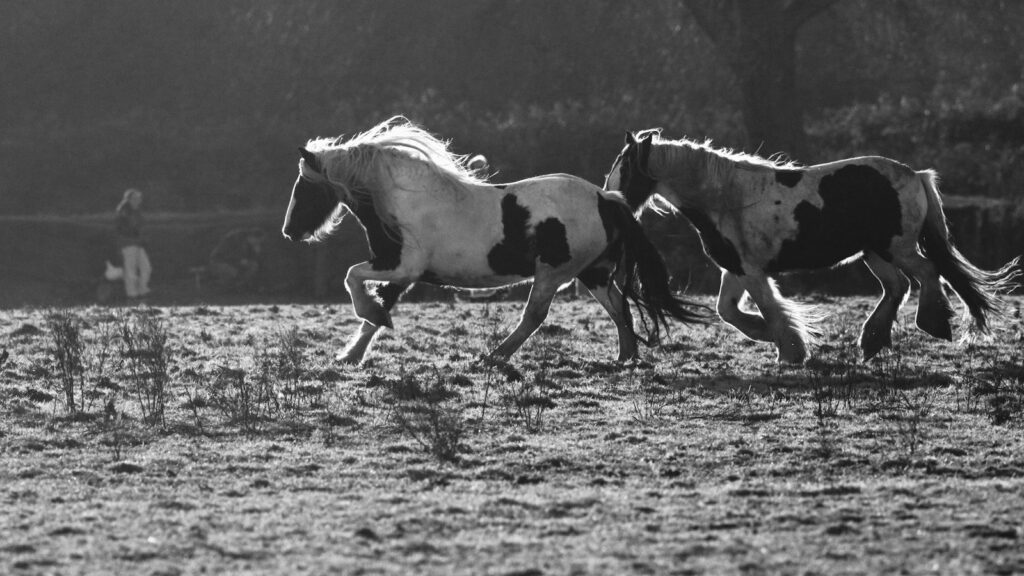
Appaloosa horses bring a rich Native American heritage and distinctive spotted coats that create immediate visual interest for riders with disabilities. Beyond their striking appearance, Appaloosas are valued in therapeutic settings for their level-headed nature and legendary stamina that allows them to maintain consistent energy levels throughout long therapy sessions. Their moderate size, typically between 14.2 and 16 hands, provides adequate substance while remaining accessible for mounting assistance. Appaloosas often demonstrate exceptional intelligence with a practical, no-nonsense approach to new situations that helps them remain calm during the sometimes unpredictable environment of therapeutic riding sessions. Their naturally smooth gaits transfer beneficial movement to riders without excessive jarring or bouncing, making them suitable for individuals with physical sensitivities or joint issues that might be aggravated by horses with more animated movement styles.
Matching Horse Breeds to Specific Disabilities
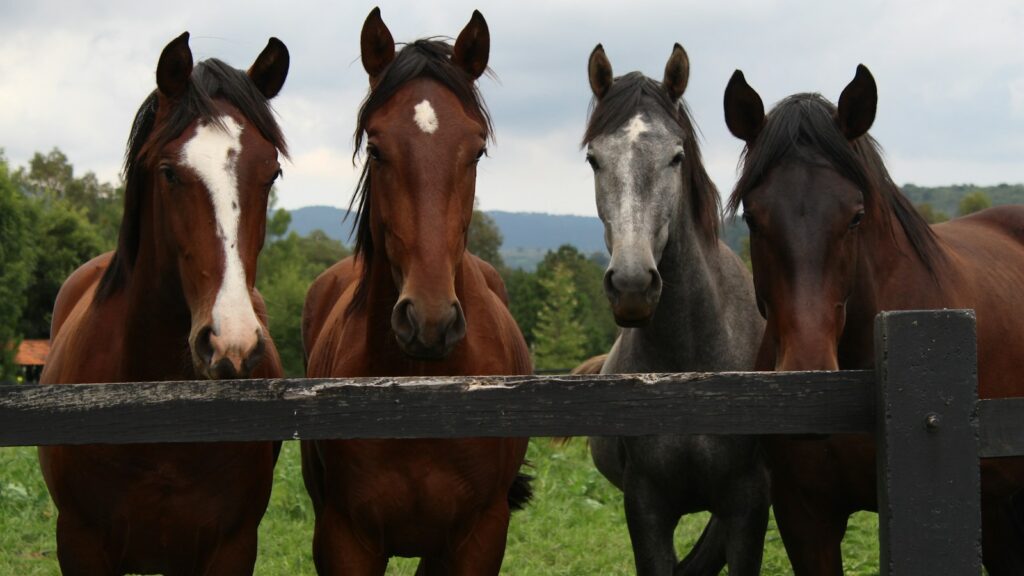
While many horse breeds can successfully serve in therapeutic riding programs, thoughtful matching of specific breeds to particular disabilities can maximize benefits and safety. For riders with physical disabilities affecting balance and coordination, breeds with broader backs and smooth, predictable gaits like Haflingers or Norwegian Fjords often provide the greatest stability and therapeutic movement. Individuals with autism spectrum disorders may connect best with highly intelligent, sensitive breeds like Morgans or Welsh Cobs that respond consistently to subtle changes in rider behavior or emotion. For riders with visual impairments, vocal breeds that naturally vocalize through nickers or whinnies like many Arabian crosses can provide additional sensory feedback during riding sessions. Those with anxiety disorders or PTSD often benefit from the legendary calmness and emotional intelligence of breeds like the Quarter Horse, whose steady temperament helps ground riders during emotional challenges.
Training Considerations for Therapeutic Riding Horses

Even the most naturally suitable horse breeds require specialized training and continuous education to excel in therapeutic riding programs. Potential therapy horses must become desensitized to unusual equipment like mounting lifts, wheelchairs, crutches, and the presence of multiple handlers walking alongside during sessions. They need to develop tolerance for unexpected movements or sounds from riders who may have limited body control or vocal outbursts related to their disabilities. Training typically includes teaching horses to stand perfectly still during extended mounting procedures and to respond to commands from both the rider and side-walking assistants without confusion. The most successful therapy horses receive regular reinforcement training throughout their careers to maintain these specialized skills, with many programs implementing rotation schedules to prevent burnout and ensure each horse maintains a positive attitude toward their important work.
The Importance of Individual Assessment Over Breed Generalizations
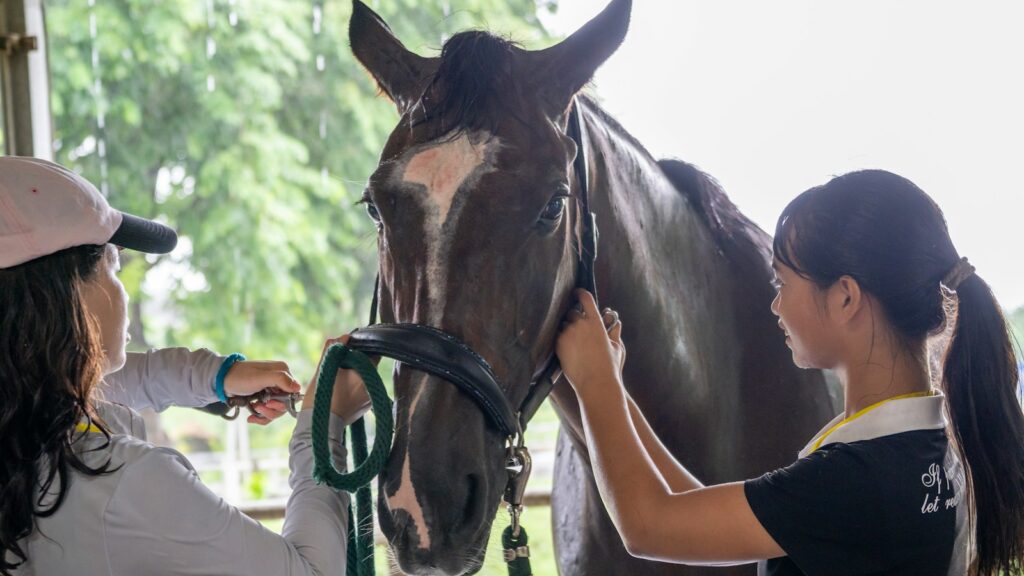
While certain breeds tend to excel in therapeutic riding environments, individual horse temperament and training ultimately matter more than breed characteristics when selecting the perfect mount for riders with disabilities. Even within the most recommended breeds, significant variation exists between individuals, with some horses naturally possessing the patience, sensitivity, and reliability needed for therapeutic work regardless of their breed background. Professional therapeutic riding instructors typically assess each horse through extensive groundwork and trial riding sessions before introducing them to disabled riders, looking for consistent responses to unexpected stimuli and an intuitive awareness of their rider’s needs. The most successful therapeutic riding programs maintain diverse herds with horses of various breeds, sizes, and movement styles to accommodate the wide spectrum of disabilities and therapeutic goals they serve. This individualized approach ensures each rider can be matched with the horse that best meets their specific physical, emotional, and cognitive needs regardless of breed classification.
CONCLUSION

Finding the right equine partner for riders with disabilities involves careful consideration of both the horse’s physical attributes and temperament. While breeds like Quarter Horses, Norwegian Fjords, Haflingers, and Welsh Cobs consistently demonstrate qualities beneficial for therapeutic riding, the individual horse’s personality and training ultimately determine their suitability. The perfect therapeutic riding horse combines a calm, patient disposition with appropriate size, smooth movement, and an intuitive ability to connect with their riders. When these special horses are thoughtfully matched with riders based on specific needs and disabilities, the results can be transformative—offering physical benefits, emotional growth, and the unique joy that comes from the human-horse bond. Through these exceptional equine partnerships, riders with disabilities discover new abilities, independence, and confidence that extend far beyond the riding arena.


